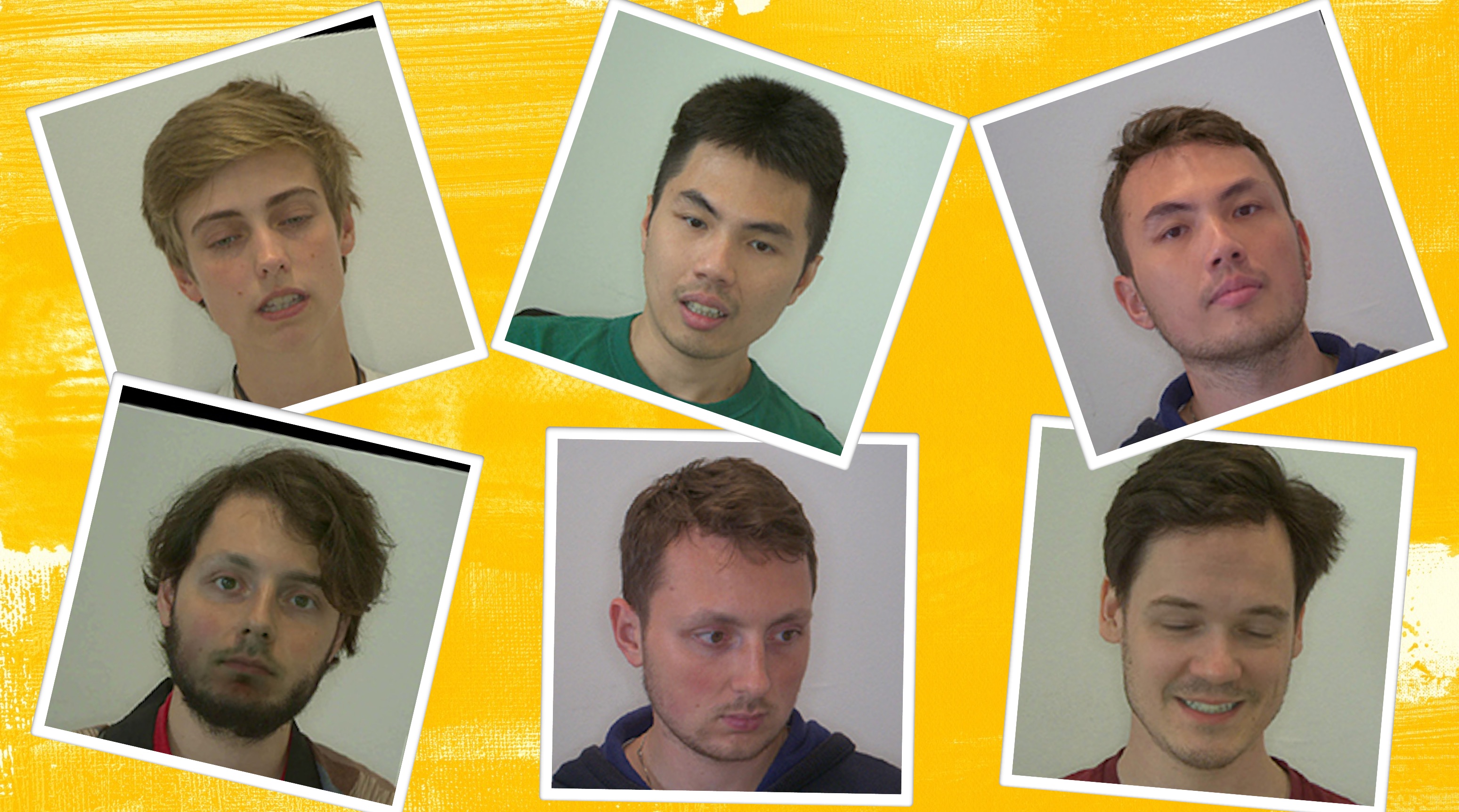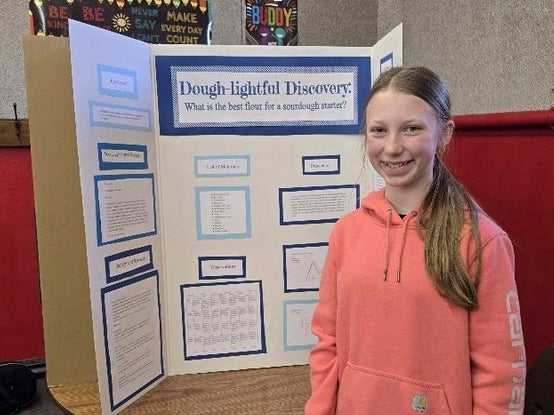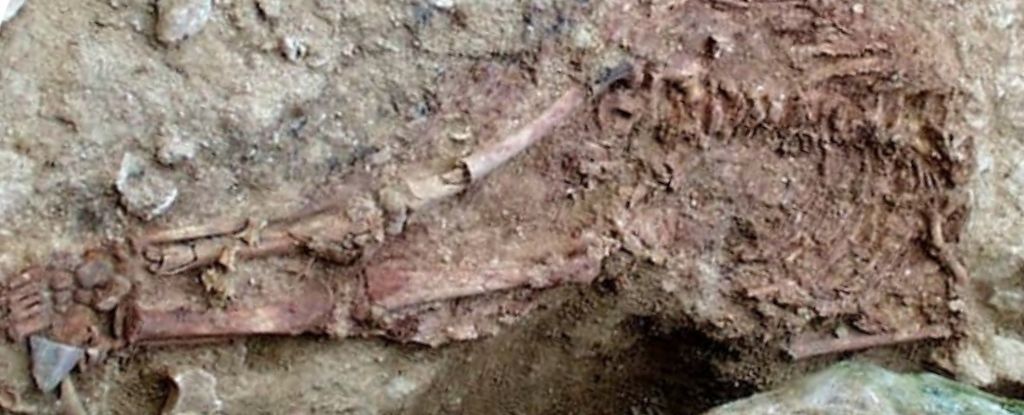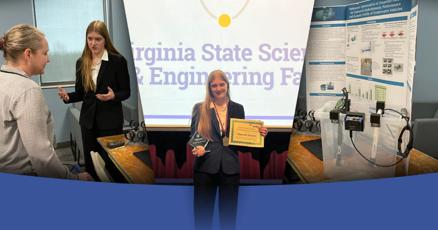The AI Deception Frontier: Deepfakes So Advanced They'll Fool Even Experts
Science
2025-04-30 20:38:06Content

AI-Generated Videos Can Inherit Human Heartbeats, Making Detection More Challenging
In a groundbreaking discovery, researchers have uncovered a fascinating new dimension to artificial intelligence's ability to mimic human characteristics. AI-generated videos can now seemingly "inherit" the subtle rhythmic patterns of human heartbeats, making these synthetic creations increasingly difficult to distinguish from authentic footage.
This innovative breakthrough reveals a sophisticated technique where AI algorithms can capture and replicate the microscopic physiological movements associated with human cardiac rhythms. These minute vibrations, typically invisible to the naked eye, are now being precisely mimicked in generated video content.
The implications are profound. As deepfake technologies continue to advance, the ability to reproduce such intricate biological signals represents a significant leap forward in creating hyper-realistic synthetic media. Experts warn that this development could make digital forgeries even more convincing and challenging to detect.
While this technological advancement showcases the remarkable progress in AI and computer vision, it also raises critical concerns about digital authenticity and potential misuse. As the line between real and artificial becomes increasingly blurred, researchers and cybersecurity professionals are racing to develop more sophisticated detection methods.
The future of digital media verification is evolving rapidly, with this heartbeat-mimicking technology serving as a stark reminder of the incredible—and potentially unsettling—capabilities of modern artificial intelligence.
Unmasking the Digital Doppelgängers: How AI Deepfakes Are Blurring Reality's Boundaries
In the rapidly evolving landscape of artificial intelligence, a groundbreaking technological phenomenon is challenging our perception of authenticity. Deepfake technology has transcended mere visual manipulation, emerging as a sophisticated tool that can now mimic human physiological responses with unprecedented precision, raising critical questions about digital identity and technological deception.The Invisible Fingerprint: When Artificial Intelligence Breathes Like Humans
The Physiological Mimicry Revolution
Artificial intelligence has achieved a remarkable breakthrough in synthetic media generation, developing capabilities that extend far beyond simple visual replication. Researchers have discovered that advanced deepfake algorithms can now replicate subtle biological rhythms, specifically human heartbeats, creating an almost imperceptible layer of authenticity that challenges traditional detection methods. The implications of this technological advancement are profound and multifaceted. By incorporating nuanced physiological signals, AI-generated content can now produce video representations that possess an eerily organic quality, making distinguishing between real and fabricated media increasingly challenging for both human observers and sophisticated detection systems.Technological Mechanisms of Cardiac Synchronization
The process of "cardiac inheritance" in deepfake technology involves complex machine learning algorithms that analyze and reconstruct minute cardiovascular fluctuations. These algorithms meticulously map subtle variations in skin color, micro-movements, and pulse variations, enabling synthetic media to replicate the intricate rhythmic patterns characteristic of human physiological responses. Advanced neural networks utilize sophisticated pattern recognition techniques to capture and reproduce these microscopic biological signatures. By training on extensive datasets of human cardiovascular dynamics, these systems can generate video content that exhibits remarkably authentic physiological characteristics, effectively blurring the boundaries between genuine and artificially generated media.Ethical and Security Implications
The emergence of physiologically synchronized deepfake technology presents significant ethical challenges across multiple domains. From potential misuse in disinformation campaigns to sophisticated identity fraud, these advancements raise critical questions about digital authenticity and the potential manipulation of visual media. Cybersecurity experts and digital forensics professionals are now confronting unprecedented challenges in developing robust verification mechanisms. The ability of AI to replicate not just visual appearances but also fundamental biological rhythms represents a quantum leap in synthetic media generation, demanding innovative approaches to digital authentication and verification.Detection and Mitigation Strategies
Combating these advanced deepfake technologies requires a multidisciplinary approach involving computer scientists, forensic experts, and machine learning specialists. Emerging detection methodologies focus on developing increasingly sophisticated algorithmic tools capable of identifying subtle inconsistencies in physiological signal generation. Researchers are exploring cutting-edge techniques such as blockchain verification, advanced spectral analysis, and machine learning models trained to recognize artificial physiological patterns. These approaches aim to create robust frameworks that can effectively distinguish between genuine human-generated content and highly sophisticated AI-generated synthetic media.Future Technological Landscape
As artificial intelligence continues to evolve, the boundaries between reality and synthetic representation will become increasingly fluid. The ongoing technological arms race between deepfake generation and detection technologies promises to reshape our understanding of digital authenticity, challenging fundamental assumptions about visual and physiological representation. The trajectory of this technological development suggests a future where digital content verification becomes increasingly complex, requiring continuous innovation and adaptive strategies to maintain the integrity of visual communication and media consumption.RELATED NEWS

Young Innovators: St. Casimir's Students Shine at Regional Science Showcase







